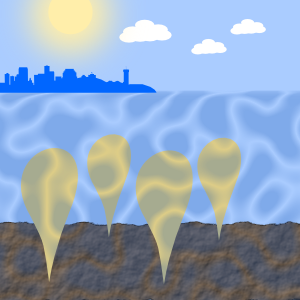Archives
What if we store air in underwater balloons to make electricity?

Posted by
admin
Update:
2/12/21 at 5:40am
Balloons are popular when it comes to imagining the science future. Canadian company Hydrostor came up with a way to store compressed air in balloons underwater that can be used to create electricity when needed. From a Hydrostor press release: "The…